Innovations Shaping the Future of Outdoor Lounge Furniture by 2025
As we look towards 2025, the outdoor lounge furniture industry is poised for transformative innovations that promise to redefine our outdoor living experiences. According to a report from Grand View Research, the global outdoor furniture market size is expected to reach approximately $30 billion by 2025, driven by an increasing consumer demand for stylish yet functional outdoor lounge spaces. This is particularly reflective of a growing trend where homeowners seek to extend their living areas beyond the confines of four walls, creating inviting outdoor environments that foster relaxation and socialization.
Technological advancements and sustainable materials are at the forefront of these innovations, spearheading a shift toward eco-friendly and smart outdoor lounge solutions. A study by Allied Market Research predicts that the demand for sustainable outdoor furniture will rise significantly, with consumers increasingly prioritizing environmentally responsible options. Additionally, the integration of smart technology into outdoor lounge settings is transforming how we interact with our outdoor environments, enhancing convenience and comfort. As we delve deeper into these innovations, it becomes evident that the future of outdoor lounge furniture is not only about aesthetics but also about creating versatile spaces that cater to the evolving needs of modern lifestyles.
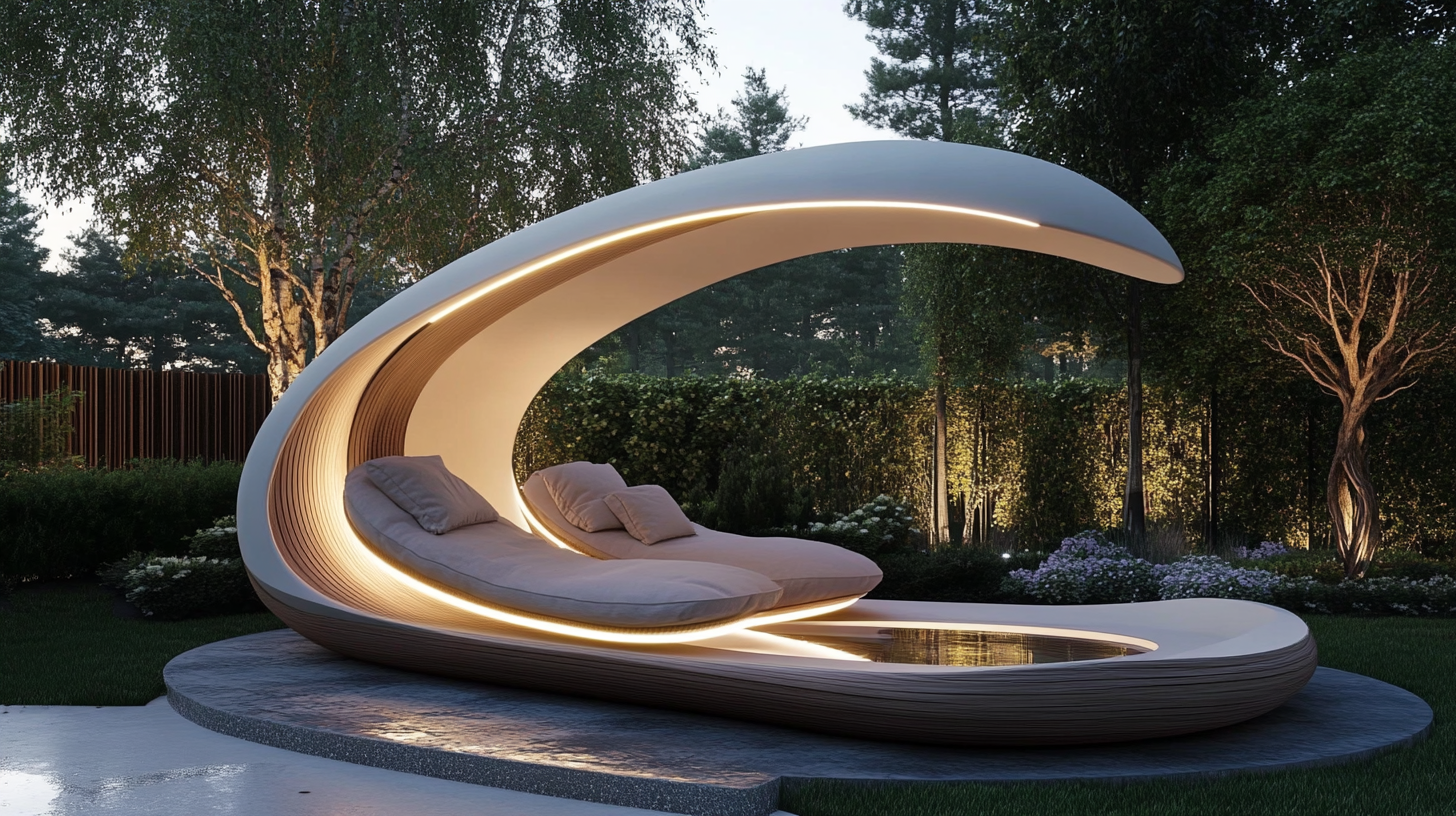
Emerging Materials: Sustainability and Durability in Outdoor Furniture Design
As we approach 2025, the outdoor lounge furniture market is experiencing a significant transformation driven by innovations in materials that prioritize sustainability and durability. Modern consumers are increasingly conscious of their environmental impact, prompting manufacturers to explore eco-friendly alternatives that not only reduce carbon footprints but also enhance the longevity of outdoor furniture.
Emerging materials such as recycled plastics, responsibly sourced wood, and bio-based composites are at the forefront of this revolution. Recycled plastics, for instance, are not only sturdy and weather-resistant but also help divert waste from landfills, making them a perfect choice for sustainable outdoor settings. Similarly, woods that are certified by organizations like the Forest Stewardship Council (FSC) ensure that the material is sourced responsibly, thus supporting forest conservation efforts while providing a classic aesthetic to outdoor lounges.
Moreover, innovations in manufacturing processes are enabling these sustainable materials to achieve levels of durability previously thought unattainable. Advanced treatments and coatings enhance the resilience of furniture against harsh weather conditions, extending its lifespan and reducing the need for frequent replacements. As these innovations continue to evolve, the outdoor lounge furniture industry is poised to meet the demands of eco-conscious consumers who seek both style and sustainability in their outdoor spaces.
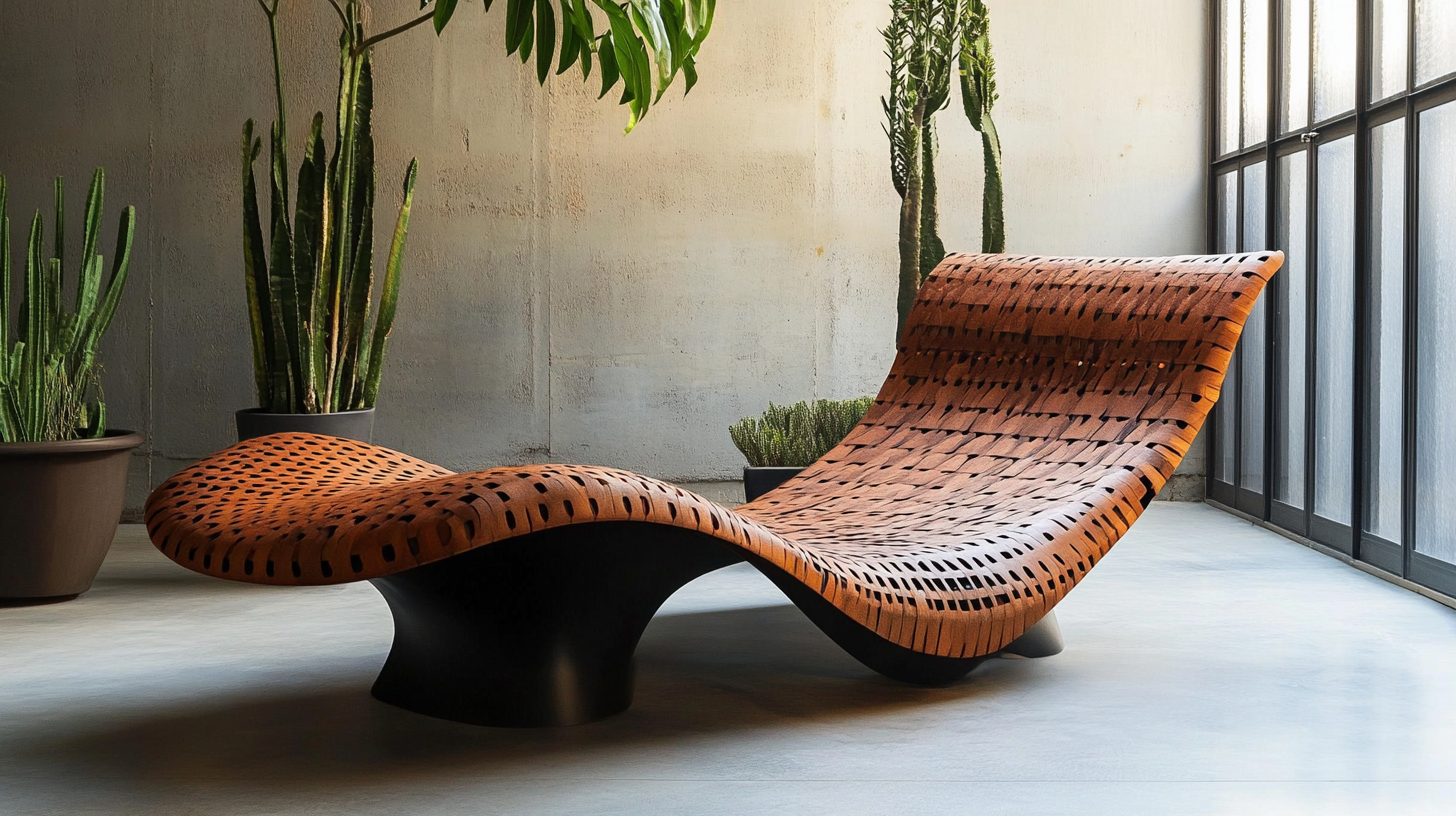
Technology Integration: Smart Features for Modern Outdoor Lounging
As we move toward 2025, outdoor lounge furniture is set to undergo a remarkable transformation, largely driven by technology integration. One of the most exciting advancements is the introduction of smart features that enhance the outdoor lounging experience. Imagine sofas and chairs equipped with built-in speakers, allowing you to enjoy your favorite music while basking in the sun. These features not only elevate relaxation but also bring outdoor gatherings to life.
Moreover, smart technology is making outdoor furniture more functional than ever before. Innovations such as weather-resistant charging stations, integrated LED lighting, and climate control mechanisms for adjustable heating and cooling are becoming increasingly common. These advancements mean that outdoor spaces can be enjoyed year-round, regardless of the weather, marking a significant shift in how we interact with our outdoor environments.
Additionally, the rise of smart materials is changing the game for outdoor furniture durability and maintenance. Fabrics that resist stains and fading, coupled with surfaces that are easy to clean, ensure that your outdoor lounge setup remains as inviting as the day it was purchased. With these innovations, the future of outdoor lounging is not only about aesthetics but also about creating a seamless blend of comfort and technology that caters to the modern lifestyle.
Aesthetic Trends: Blending Nature and Style in Outdoor Spaces
In recent years, outdoor lounge furniture has evolved significantly, reflecting a harmonious blend of nature and contemporary design. As we approach 2025, aesthetic trends are leaning towards organic shapes and earthy materials that enhance outdoor spaces while creating a sense of tranquility. Designers are increasingly inspired by the natural environment, incorporating elements like sustainable wood, bamboo, and rattan. These materials not only provide durability but also resonate with eco-conscious consumers who value both style and sustainability.
Color palettes are shifting as well, with warm earth tones and soft pastels taking center stage. These hues evoke a serene atmosphere, drawing the eye towards the surrounding landscape. The integration of plants and greenery in furniture design is becoming a common practice, with pieces that feature living elements directly incorporated into their structure. This not only adds aesthetic appeal but also fosters a deeper connection to nature, transforming outdoor areas into inviting sanctuaries.
Moreover, multifunctional designs are gaining traction as outdoor spaces become an extension of our living environments. Furniture that adapts to various uses—such as modular seating and convertible tables—enables a seamless transition between relaxation and entertainment. As innovation continues to reshape the outdoor furniture market, the emphasis on blending nature and style will undoubtedly play a pivotal role in the future of outdoor design, encouraging us to create spaces that are both beautiful and functional.
Customization Options: Personalizing Outdoor Lounge Furniture for Homeowners
As the outdoor living trend continues to gain traction, customization options for lounge furniture are becoming paramount for homeowners looking to enhance their outdoor spaces. The modular furniture market, valued at approximately USD 81.3 billion in 2023, is projected to witness a robust growth rate of over 4.3% CAGR from 2024 to 2032. This growth is fueled by the increasing demand for versatile and personalized outdoor furniture solutions that cater to individual tastes and preferences.
Homebuyers today are seeking bespoke options for their outdoor environments. For instance, new developments offer opportunities for customization not only in structured spaces but also in the outdoor furniture that complements these aesthetics. Homebuyers at several new club villas can select furnishings that reflect their style, integrating indoor and outdoor designs seamlessly. This level of personalization means that outdoor lounge furniture can be tailored to match unique landscaping, color palettes, and functional needs, transforming backyards into luxurious retreats.
Moreover, trends suggest that modern pergolas are evolving to accommodate custom outdoor living experiences. These structures provide tailored shade solutions, enhancing both aesthetics and functionality, which perfectly aligns with homeowners' desires to curate specific setups for entertaining and relaxation. Access to these customization options is shaping the future of outdoor lounge furniture, allowing homeowners to create distinctive spaces that amplify outdoor enjoyment.
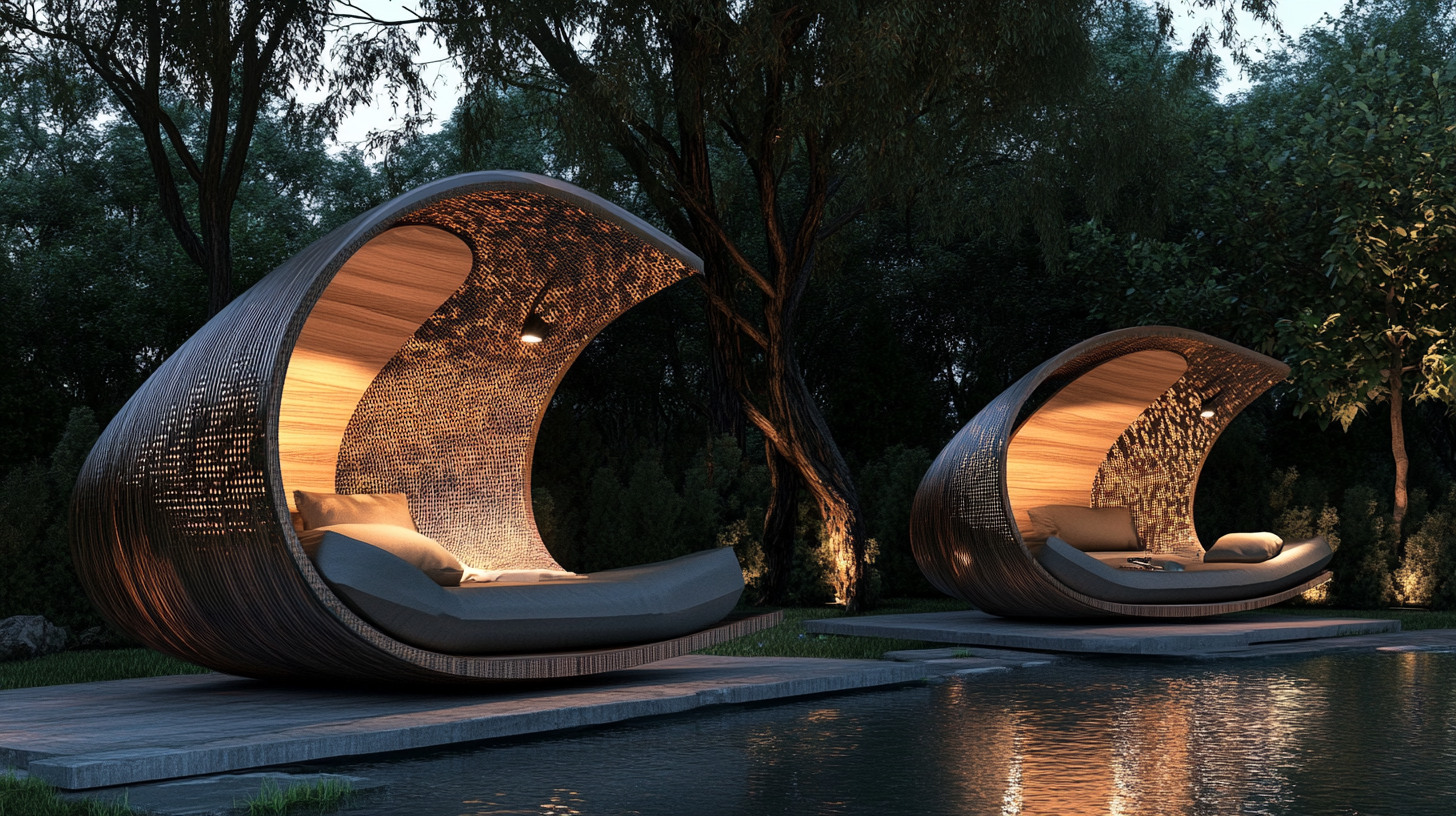
Space Optimization: Innovative Designs for Compact Outdoor Living Areas
As urban living continues to thrive, the need for compact outdoor spaces has never been more pressing. Innovations in outdoor lounge furniture are specifically tailored to maximize these smaller areas, allowing homeowners to enjoy their balconies, patios, and gardens without feeling cramped. Designers are increasingly focused on creating multi-functional pieces that not only serve practical purposes but also enhance the aesthetic appeal of compact spaces.
One of the most exciting trends is the rise of modular furniture systems. These versatile designs can be reconfigured to suit various needs and occasions, transforming a small outdoor area into a cozy gathering spot or a peaceful retreat. Integrated storage solutions are also on the rise, seamlessly combining seating with hidden compartments for gardening tools or cushions, thereby reducing clutter while maintaining an inviting atmosphere.
Another noteworthy development in outdoor furniture design is the use of lightweight materials. Eco-friendly options such as recycled plastics and sustainably sourced woods are gaining traction, allowing homeowners to easily move and rearrange their furniture to optimize for sun or shade. Additionally, recent advancements in weather-resistant fabrics ensure durability and comfort, encouraging year-round use. As we move towards 2025, these innovations will continue to redefine how we interact with our outdoor spaces, making them functional, stylish, and perfectly suited for urban living.
Related Video
-
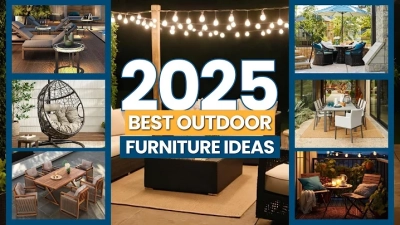
What's the BEST Outdoor Patio Furniture of 2025?
View: 1872Channel: Fixit Design Carpets & Curtains Trading L.L.C -

Garden Sofa made from just 2x4's!
View: 95186Channel: Ply and Grain -
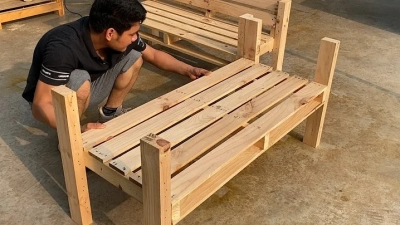
Creative Pallet Recycling Ideas You Have Never Seen Before | How To Create A Beautiful Pallet Sofa
View: 23883337Channel: Woodworking Skill
